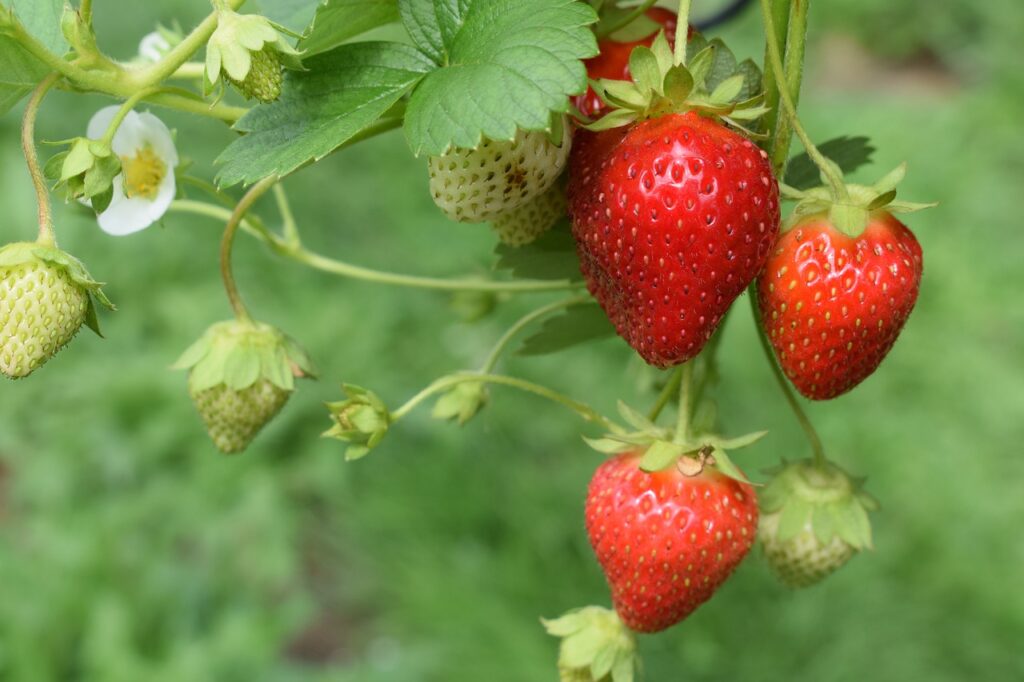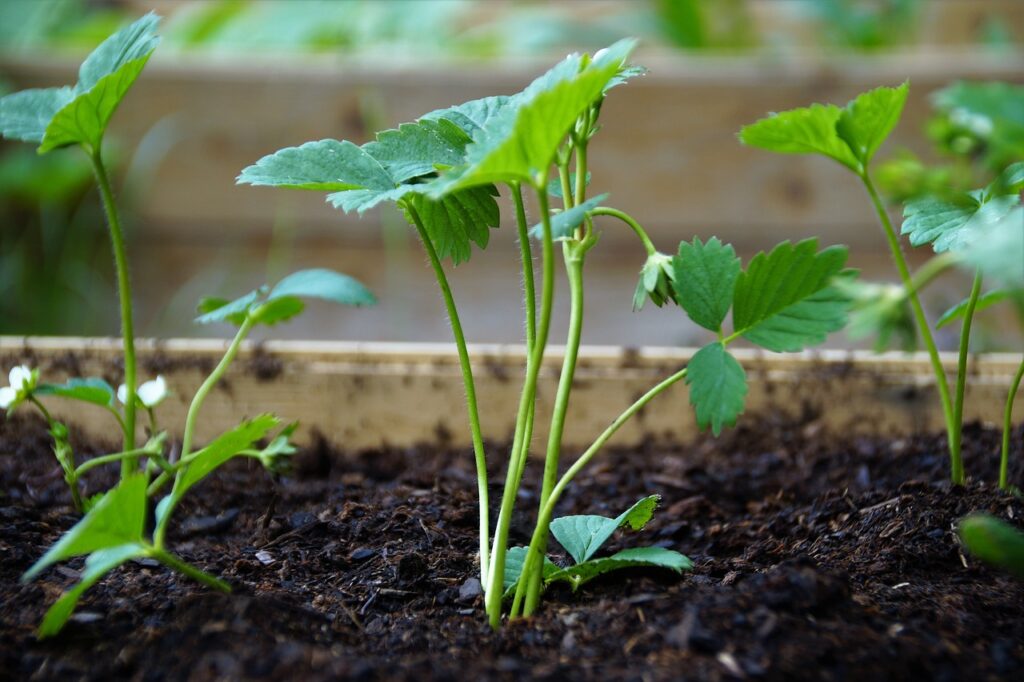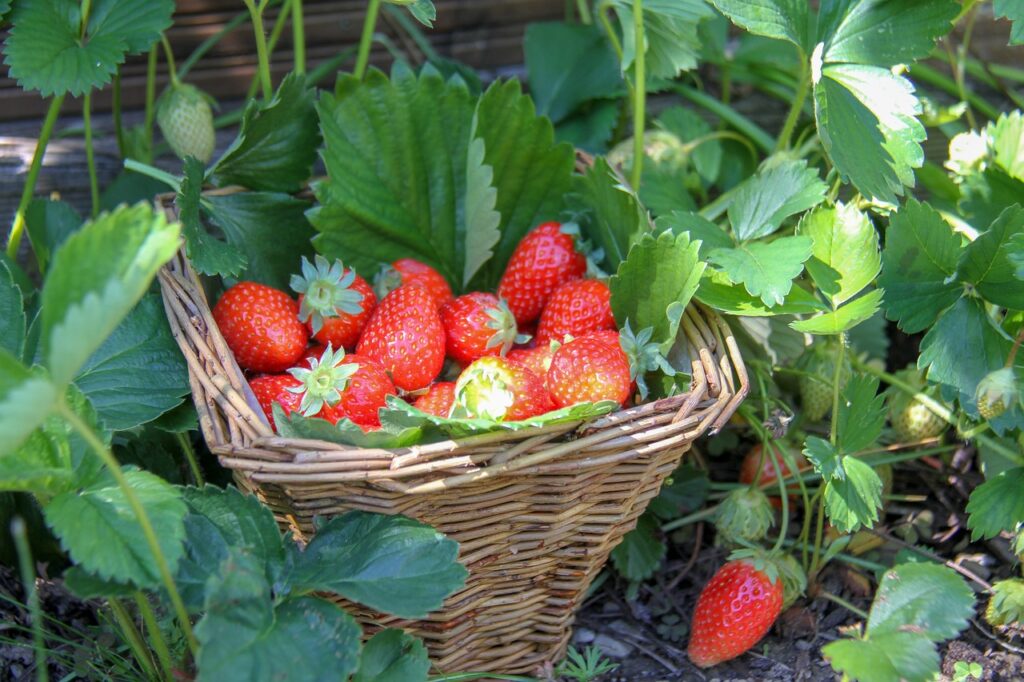We use cookies to make your experience better. To comply with the new e-Privacy directive, we need to ask for your consent to set the cookies. Learn more.
How To Grow 'Bare Root' Strawberries

How To Grow 'Bare Root' Strawberries
'Bare root' strawberries refer to strawberry plants that are sold and planted without soil around their roots. Unlike potted plants, which come with soil and a container, bare root strawberries are usually dormant plants with their roots exposed.
This planting method is practical for strawberries because it promotes strong root development and helps the plants adapt quickly to their new environment.
We have two varieties available; Elsanta and Ostara.
Planting
Plant your bare root strawberries in March/ April when the plants are still dormant. This allows them to establish roots before the growing season.
Select a well-drained, sunny spot for your strawberry bed. Ensure that the soil is rich in organic matter, yu can add well rotted manure or garden compost to the soil.
Place the bare root strawberries in a hole deep enough to accommodate their roots without bending or crowding. The crown (the point where the roots meet the shoots) should be at soil level. Planting too deeply can cause the strawberry plants to rot, and planting with the crown too high above the soil surface can cause the plants to dry out and die. Space plants 30-40cm apart.
Water the newly planted strawberries thoroughly. You can apply a layer of mulch (e.g. straw or Strulch) to conserve moisture, suppress weeds, and regulate soil temperature. A mulch will also lift the fruit off damp ground and stop soil splashing on to the ripening fruit – which encourages rotting.

General Care
Keep the soil consistently moist, especially during dry periods.
Applying a liquid feed (such as OPF 4-2-8 ) can be beneficial once the plants start producing new growth. Repeat every one to two weeks during the growing season. You can also make your own from comfrey or nettles.
Regularly weed your strawberry bed to prevent competition for nutrients and water. Be cautious when weeding to avoid damaging the shallow strawberry roots.
The strawberry plants will produce runners after they have fruited and these can be used to produce more plants. Strawberries can be propagated in late summer by sinking 9cm pots filled with potting compost, into the beds and inserting individual runners into them. Sever the new young plants from the parent plant when rooted.
Once frutting has finished you can remove the any netting.
As the summer progresses, keep on top of weeding and continue to remove any runners. Clear away dead foliage as this can harbour pests and diseases over winter.
In Spring, spread a general purpose fertiliser or well-rotted manure/ garden compost around your plants.
Pests & Problems
- Birds love strawberries so it is essential to net them as soon as fruiting starts.
- Slugs can also be a problem. Mulching plants with strulch helps and you can also use slug pellets.
- Vine weevil can also be a problem. Keep a look out for leaves that have notches bitten out of them. It also useful to look for grubs in the soil. Nematodes are very effective at getting rid of vine weevil.
- Strawberries are very prone to mould so only water in the morning to give plants a chance to dry off. Keeping the beds weed free will also allow air to circulate better.
Harvesting
Pick the strawberries as often as they are ripe and do not let overripe berries remain on the plants as this encourages the growth of mildews and moulds.
Once strawberries have been picked, the ripening process stops. So, wait until the berries are fully red, then pinch through the stalks with your finger and thumb to avoid bruising the fruit.
Damp strawberries will quickly go mouldy, so only wash what you can eat and blot them dry on kitchen paper.


